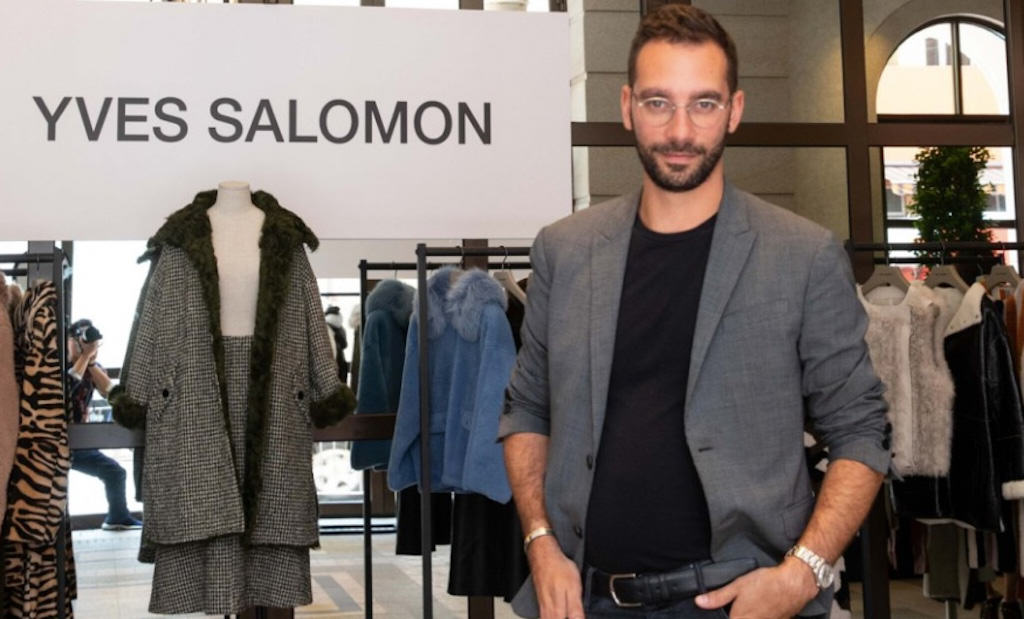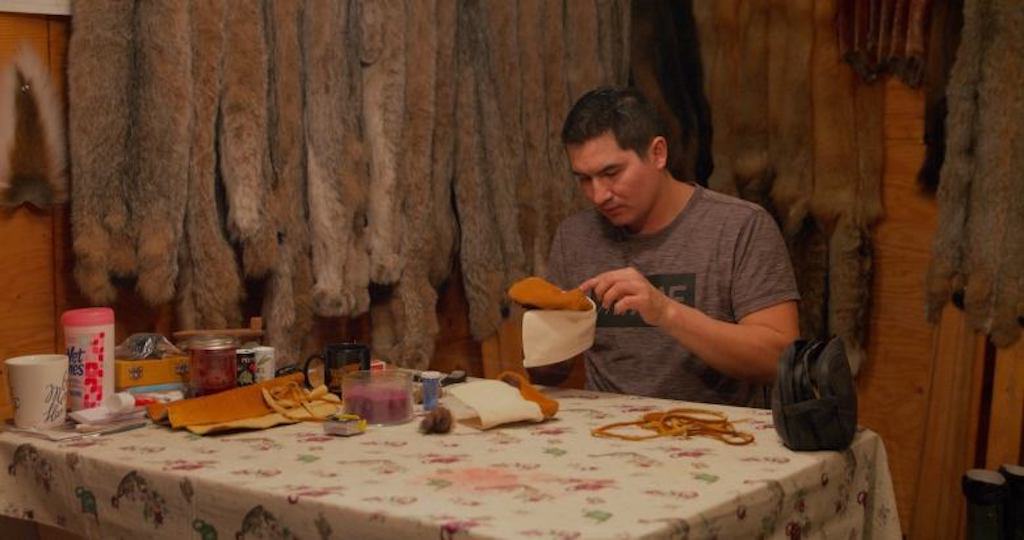
Sadly, last month saw the passing of the Queen of Soul, Aretha Franklin. She was far too talented and independent an artist for anyone to ever claim her as their own, but there’s no denying she wore fur with style. In later life, her stage performances incorporated a signature move of dropping her full-length mink or chinchilla on the floor to signify she was shifting into high gear. Rest in peace.
Spreading the Word
It’s always great to see members of the fur trade using the media to spread our messages.
If you’re happy with publicity and have something to say, make yourself available for interviews, like fourth-generation furrier Thomas Salomon who was recently featured in the South China Morning Post. In “Why furrier Yves Salomon dismisses the anti-fur movement that is sweeping fashion”, Thomas pulls no punches. “What’s happening right now is just a fashion cycle,” he says. “In fact, I call it the hypocrite cycle. It’s easy for brands to cut [fur] out when it makes up less than 0.1 per cent of their turnover. Plus half the time these brands don’t have a consistent strategy.”

Another great way to get heard is to submit an op-ed piece, but they’re a mixed blessing. With minimal editorial control by the media organisation, op-ed writers can speak freely to the point that they often just end up regurgitating propaganda. So it was a relief when Business of Fashion, after publishing an anti-fur tirade from an animal rights group, gave equal space to International Fur Federation CEO Mark Oaten and Vice-President Americas Nancy Daigneault, in “Fur: A reality check”.
Easiest of all is writing letters to the editor, like this impassioned plea from a resident of New Hampshire, “Trapping, like hunting, is a conservation tool”.
Rabbit Redux?
Rabbit fur is far more common than you might think, but it almost never makes its way into the collections of luxury brands. Now Jane Avery, from Dunedin, New Zealand, is bucking the trend with her stunning range of garments combining exotic fabrics with wild rabbit. And she’s helping protect the environment at the same time, since rabbits are a real pest in her part of the world. Check out our interview: “New Zealand designer embraces wild rabbit ‘Eco-Fur'”.
Rabbit farming is alive and well too, in Aitkin County, Minnesota. The Nord Lake Rabbitry used to be a mink farm, but now raises rabbits for food and fur, rotating them with crops that benefit from the “phenomenal fertility” of rabbit manure.
On the Trapline

Fox chaser: A winter on the trapline is a new documentary film from the Canadian Broadcasting Corp. that follows a young Cree trapper’s way of life in the northern Alberta wilderness. CBC’s story and the official trailer are here, and if you’re lucky enough to live in Canada, you can watch the full documentary here.
Much closer to home, Truth About Fur’s Alan Herscovici reports on his experience “Spring muskrat trapping in Quebec” with Pierre Canac-Marquis, coordinator of the Fur Institute of Canada’s humane trap research and development program. “It’s a passion,” says Pierre. “It’s certainly not for the money; I’ll be lucky to get four dollars a pelt for these rats. But the farmers are happy we’re here, because muskrats undermine the stream banks with their burrows. That speeds erosion and they lose large strips of farm land along the drainage ditches.”
Here are a couple of cautionary tales about what can happen when wildlife are left to their own devices for too long, with no management plan. Nutria are notorious for damaging wetlands, and there are so many on the US west coast now that they pose “a threat to California’s environment similar to a wildfire or an earthquake.” Meanwhile, Argentina and Chile are hoping to remove 100,000 beavers – originally introduced for their fur – because the North American natives have clear-cut the old-growth forest in Tierra del Fuego and Patagonia.
Fur Ban Bandwagon
The bandwagon of fur-ban stories keeps right on rolling, with two Californian cities front and centre. San Francisco’s ban on fur sales, set to come into force next year, prompted the writing of “San Francisco bans everything”, a tongue-in-cheek piece that would be funny except it’s also true!
Meanwhile in Los Angeles, the city council is being asked to consider a fur ban of its own. This prompted another piece about the seemingly endless string of bans in California, “The fur flies in L.A. as city considers ban”. If you want to send a message to the council explaining why a ban would be a bad move, ShoppersRights.org makes it incredibly easy.
Feel free to refer the LA council (or anyone else considering a ban) to our new blog post, “Proposals to ban fur sales are anti-ecological”.
Odds ‘n’ Ends
Sightings of “urban coyotes” continue to rise in North American cities, while Montreal launched a hunt for one coyote believed to have attacked three children.
SEE ALSO: Will urban coyotes change the animal rights debate?
According to a survey commissioned by the Montreal SPCA, 72% of Quebecers expect their legislators “to adopt legislative measures and policies designed to ensure the welfare of the province’s animals.” That sounds fine, since the fur trade supports animal welfare too. But if you’re looking to start writing letters to the editor, look out for headlines like this one from the Canadian Press: “Study: 70 per cent of Quebecers feel animal rights are an important election issue.” Animal rights and animal welfare are not the same – a message we just need to keep repeating.
SEE ALSO: Animal welfare vs. animal rights: An important distinction.
In the battle to win fake-fur fans over to natural fur, we could have a new piece of ammo. Apparently the most widely used plastic, polyethylene, emits methane and ethylene as it breaks down, and both of these are greenhouse gases. We did not know that, and will be following closely!










